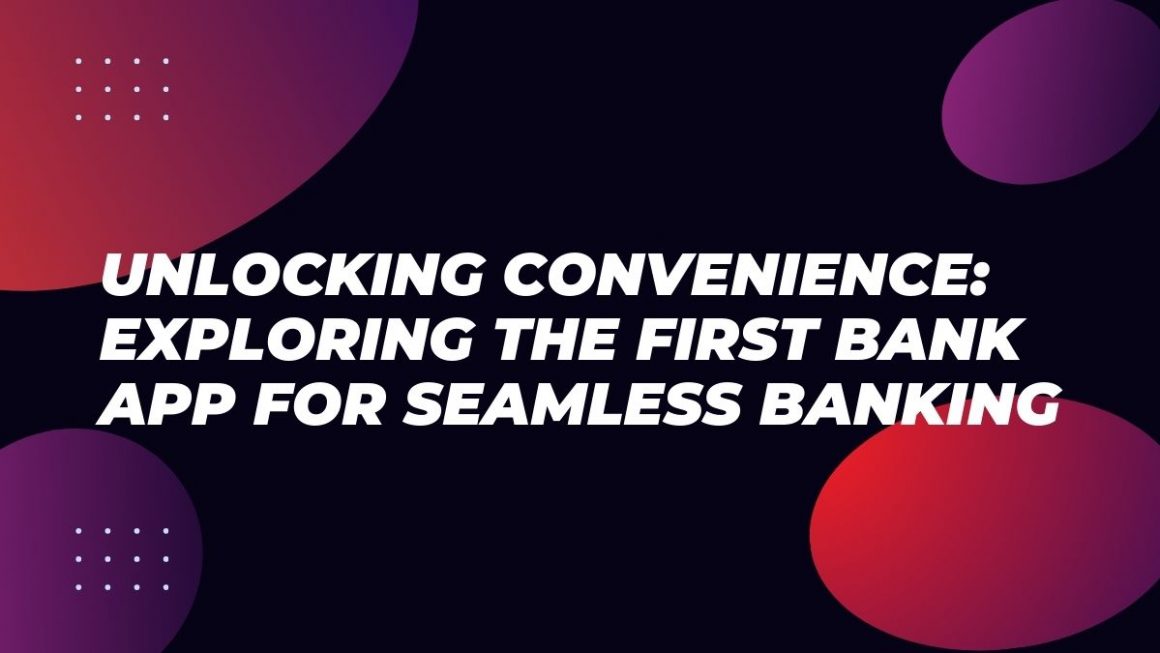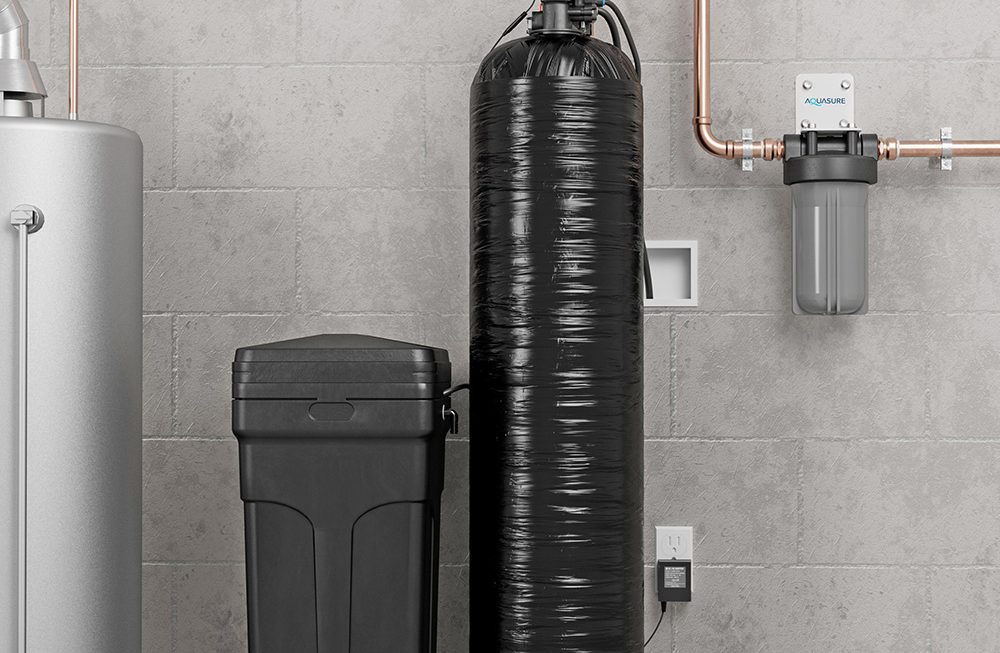The ERP market continues to grow in 2022 after seeing growth over the last two years.
Decision-makers expect to get greater reporting and transparency. About 65% of them expect more efficient operations.
What they don’t realize is that there is another solution that they can use, called EPM. ERP vs. EPM is a growing question within organizations.
How do they compare? Which one is worth the investment? Keep reading this guide as we go over both solutions.
What Is ERP?
ERP refers to enterprise resource planning. ERP is initially used by organizations for better financial management.
What organizations soon realize is that ERP can get used in other areas of a business. ERP solutions have different modules to manage human resources, sales, supply chains, inventory, and more.
ERP lets you integrate your existing solutions to keep all of your data centralized. Most of these solutions are now cloud-based.
This gives everyone on your team access to critical data in real-time. You can allow users from different departments to see relevant information to make better decisions.
Sales managers can see what’s happening in the supply chain and the finance department can see what’s happening in human resources.
What Is EPM?
EPM Stands for enterprise performance management. EPM is primarily for managers who need to make accurate forecasts.
EPM tools give managers tools to analyze, understand, and report on the current state of the business. EPM manages overall performance alongside the goals and strategies of the business.
Managers can decide to adjust those goals and strategies or work with employees to improve standards.
Using ERP and EPM Together
ERP and EPM solutions might not have all of the features you need to run an enterprise. It’s not a matter of one versus the other, but one and the other.
Put these solutions together, and you’ll find that they complement each other. ERP provides the operations data and EPM lets you analyze the data to plan.
Both solutions only work if you have a comprehensive plan to implement them. You have to get support from everyone on your team, from management on down.
Make sure that you invest in the right ERP and EPM solutions. You might want something specific to your industry, such as ERP for metal industry, healthcare, IT, or manufacturing.
Look at the features of ERP and EPM tools. Find out what each vendor’s solution does and doesn’t do for your business. You might find that one integrates with your existing software, while another one doesn’t.
Make a plan to implement the tools, train management, and employees to use them, and migrate your information over.
Give it a lot of thought and time. Rushing the implementation will lead to issues. Expect ERP implementation to take as long as 12 months. EPM should take about three to five months.
ERP vs. EPM: No Longer a Debate
Whether you have a small business or enterprise, you want to keep your data centralized. You also want to break down communication silos between employees.
As you just learned, ERP vs. EPM isn’t a debate. They complement each other to give your business the best results.
For more business insights, check out the blog today!












